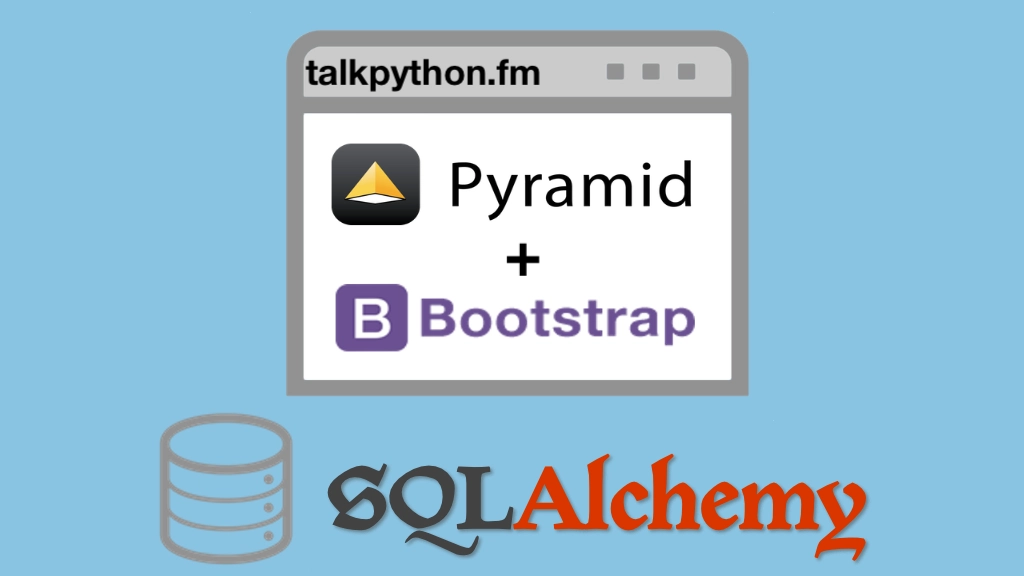Building Data-Driven Web Apps with Pyramid and SQLAlchemy Transcripts
Chapter: Modeling data with SQLAlchemy classes
Lecture: SQLAlchemy model base class
Login or
purchase this course
to watch this video and the rest of the course contents.
0:00
Now for SQLAlchemy to work right we need to put a base class here. It needs to be a special one. Every class that maps to the same database
0:11
needs to use the same base class. You can have different ones, like if you have an analytics database, and you have a core data database
0:20
those might be different classes but all the ones that go into one database they should be the same. Okay, so how do we do that?
0:26
Well, we're going to define a class and it's really quite simple. You sort of create one and only one of them from SQLAlchemy.
0:34
So I'm going to put that into its own separate file, now. I think this one totally justifies its own file.
0:40
What I'm going to do here is pushing the limit of maybe this is a little too fine grained but there's only one and it's supposed to be shared.
0:46
So I think what I'm going to do is, do this. Create a model base class and then we have to import SQLAlchemy.extensions.declarative
1:02
I'll just say, shorts we don't have to say too much there just, as dict then I'm going to create a class called SQLAlchemyBase.
1:10
This class is the class that's going to be the base class but instead of defining it this way we use a factory method out of this place here
1:18
so we say, declarative_base like that. And that's it. This is now our base type. It gets created at runtime by SQLAlchemy
1:29
and then, by virtue of deriving from it, it basically means we're telling SQLAlchemy, "Here's another class that you're managing."
1:37
So for example, put that here and let PyCharm import it. So for the top, we have from model base, import this
1:46
and those two lines are going to pretty much be the same for all of our types. And that's it, this class can now be loaded and saved
1:55
from the database once we connect to it.
